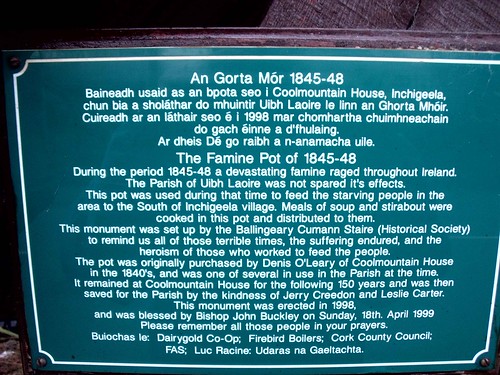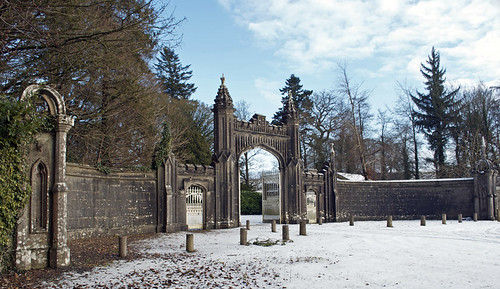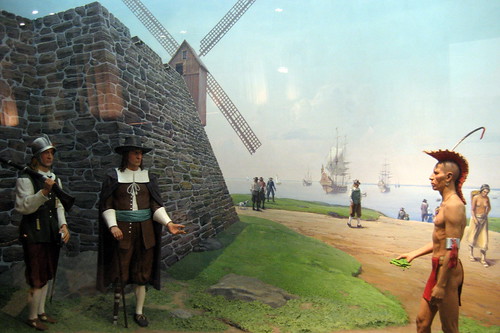 |
| Remembering the famine of 1845-1848 in Ireland |
Note: I see a lot of similarities in the stories about Patrick Cragun, his birth, his father, and probable wifes name. However consistant they are they leave me to believe they may be incorrect. They at least are not to my knowledge documented. My hope is to find a documentable confirmation of the storiesa s we know them.
No documentation is provided anywhere that I find. I am yet to find, in that era, a Caleb or a family name spelled CRAGUN.
You will see if you study the previous articles that I have been trying to piece together a link to Patrick and his father in Ireland.
It is logical he left Ireland as the family stories to date suggest. I say that as In the 1740s, economic inequalities, when combined with an exceptionally cold winter and poor harvest, led directly to the
famine of 1740-1741, which killed about 400,000 people. I assume it was a tremendous struggle for Patricks parents.
The best we have is stated below, note so little is here about Ireland or England:
Caleb had a son named
Patrick who was born c1745 in Ireland, perhaps in County Armagh, Ulster.
However, Heiner reports that a book entitled, History of Cass County, Indiana found at the Indianapolis Library states on page 214 that, "the family of CRAGUN was founded in America by Patrick Cragun who came from Dublin, Ireland prior to the Revolutionary War and who took part in the struggles of the American Colonists that resulted in the winning of Independence.''
She also reports that a genealogical history of South West Virginia states that one Patrick Cragun had been arrested for the fourth time by the King's officers for his revolutionary tendencies.
The identity of his wife, Rose Alley (or Abby) or Hanna Elsy (perhaps a second marriage) is unclear as is the date (1780's) and place of marriage.
They are however, tied to Russell County, Virginia located in the extreme southwestern part of the state 20 miles north of Bristol, through the record of their eldest son Isaac as recorded in the Cass County history.
The family is more closely identified with Sullivan County, Tennessee which borders Virginia and shares the city of Bristol.
The first record of Patrick known to exist is his listing in 1779 as a taxable in Washington County, N.C. which became Sullivan County, TN after 1780. In this record he is entered as Patrick
Craguner where he is shown to have been assessed on: 170 acres of land, value L100; four horses, value L510; three cattle, value L30; and ready money, four shillings; for a total taxable estate of L640 and four shillings. While Negros were taxable property at that time, none were taxed to Patrick.
A 1784 listing of 5,486 North Carolina land grants in the new state of Tennessee shows at page 47, grant #1274 to be a general purchase grant to Patrick
Cragon for 170 acres on Indian Creek, Sullivan County, Tennessee, a tributary of the Holston River. This farmsted was located only a few miles from Booher Creek, a tributary of Indian creek and the likely location of members of the
Booher family.
The Cragun and Booher families were later near neighbors in Boone County, Indiana. Patrick's greatgrandson, S. N. Cragun married Adelaide Booher at Worth Township, Boone County, in 1883, nearly one hundred years following their familiy's neighboring settlements in Tennessee.
The last known listing for Patrick was in 1812 showing that Patrick
Creggon sold 164 acres on Indian Creek to Charles Barnette on Feb. 19, 1812. However, a bit earlier he is found as Patrick Cragun of record in Russel Co., VA in 1806, about 30 miles North of the Indian Creek farm, when he was exempt from County levies on account of age and bodily infirmity.












